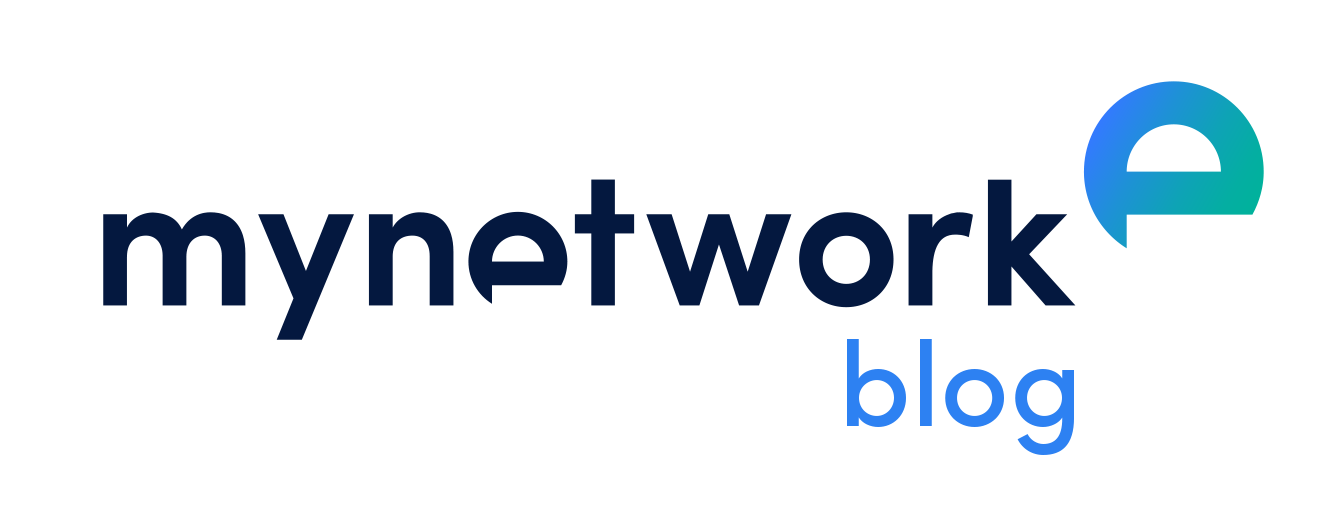Inwestycja czy strata pieniędzy – czy szkolenie pracowników ma sens?
W artykule znajdziesz zasady, jakimi trzeba kierować się przy szkoleniu pracowników:
- spójność strategii L&D ze strategią firmy
- każdy może być talentem
- komunikacja, która nadaje sens
- tworzenie kultury organizacji uczącej się

Wielu pracodawców uważa, że koncepcja organizacji uczącej się, a więc nastawionej na stały rozwój pracowników, dotyczy tylko dużych korporacji. Dodatkowe szkolenia są bowiem postrzegane przez nich jako koszt, na który nie mogą sobie pozwolić. To jednak mocno kłóci się z oczekiwaniami pracowników. Kto ma rację?
Czas paradoksów
Na długo przed wybuchem pandemii rynek pracy cierpiał na niedobór talentów. Liczne badania wskazywały, że firmy nie mogą znaleźć osób z właściwymi kompetencjami. W niektórych krajach (np. w Stanach Zjednoczonych) od lat mówiło się o tzw. Talent Paradox – mimo wysokiego bezrobocia, brakowało odpowiednio wykwalifikowanych pracowników. Na globalnym rynku pracy mogliśmy obserwować jednak więcej paradoksów. Np. mimo inwestycji w talenty, rotacja pracowników nie zmniejszała się. Ten argument był kluczowym dla szkoleniowych sceptyków – po co szkolić specjalistów, którzy wykorzystają pozyskaną wiedzę u konkurencji. Jednocześnie badania z 2019 roku wskazywały, że aż 94% badanych chętnie zostałoby na dłużej w firmie, jeśli ta zainwestowałaby w ich rozwój. Sytuację dodatkowo skomplikował COVID-19.
Jak (nie) szkolić pracowników?
Pandemia postawiła przed pracodawcami kolejne pytania, nie rozwiązując poprzednich dylematów. Prognozy na najbliższe lata nie pozostawiają złudzeń – czekają nas kolejne zmiany. Eksperci największych firm konsultingowych na świecie zgodnie przywołują dwa wiodące trendy: reskilling i upskilling. Firmy, które chcą utrzymać swoją konkurencyjność, wysoki poziom i szybkie tempo rozwoju, nie będą mogły odwrócić głowy od rozwoju talentów, bo pracownicy na rynku pracy nie będą mieli pożądanych kompetencji. Już teraz badania wskazują, że w popandemicznej rzeczywistości prawie 70% pracodawców ma trudności ze znalezieniem właściwych osób do pracy. Pytanie nie powinno więc brzmieć, czy szkolić pracowników, ale jak szkolić, aby pracownicy nie chcieli odchodzić do konkurencji.

Employee Experience – nowe oczekiwania na nowe czasy
Pandemia okazała się cenną lekcją dla liderów na całym świecie. Była to lekcja zarządzania empatycznego, nastawionego na potrzeby pracowników, na relacje i słuchanie. I, ku zaskoczeniu wielu, taka strategia odniosła pozytywny skutek. Jej efektem ubocznym był nieoczekiwany wzrost zaangażowania pracowników. Badania rynku od wielu lat udowadniają, że szczególnie w czasach kryzysu, zaangażowany zespół jest na wagę złota. Okazuje się, że jeśli troskliwie dbamy o pracowników, dokładnie tak, jak dbamy o naszych klientów, oni chętnie się odwdzięczają większym zaangażowaniem w codzienne obowiązki. A to przekłada się na wyższe zyski.
Takie celowe kształtowanie doświadczeń pracowników (Employee Experience) na każdym etapie ich drogi w organizacji, może okazać się kluczowe w utrzymaniu najlepszych osób na rynku. Dotyczy ono każdego obszaru życia zawodowego, w tym procesu zatrudnienia, wdrażania czy rozwoju.
Zasady, jakimi trzeba się kierować, szkoląc pracowników
Jak zatem kształtować doświadczenia pracowników, aby korzyść z podejmowanych działań dotyczyła obu stron? Punktem wyjścia do zaplanowania działań powinny być cztery poniższe zasady.
1. Spójność strategii L&D ze strategią firmy
Działania Learning & Development, zgodnie z koncepcją kształtowania pozytywnych doświadczeń pracowników (EX), powinny uwzględniać ich indywidualne potrzeby. Pod warunkiem, że są one zgodne z ogólną strategią biznesową firmy. To właśnie ona powinna być tu punktem wyjścia w długoterminowym planowaniu szkoleń. Owszem, można nimi zarządzać elastycznie, dostosowując do dynamicznie zmieniającej się rzeczywistości (pandemia pokazała nam, że to realny scenariusz) i aktualnych potrzeb pracowników, ale cała strategia szkoleniowa powinna być osadzona w realiach biznesowych danej organizacji.
2. Każdy może być talentem
Dr Anna Szabowska-Walaszczyk kilka lat temu zastanawiała się, jak to możliwe, że opracowywane na potrzeby organizacji strategie rozwoju talentów, pomijają często aż 90% pracowników. Jak to możliwe, że po wieloetapowych procesach selekcji, zaledwie garstka pracowników jest potem określana mianem talentu i ma szansę na rozwój? Trudno znaleźć satysfakcjonującą odpowiedź na to pytanie, zwłaszcza, że to właśnie Ci, z którymi wiąże się największe nadzieje, najczęściej szukają nowych możliwości zawodowych. Nowa sytuacja na rynku pokazuje, że takie podejście nie sprawdzi się w czasach talents gap. Dotychczasowe kryteria wyboru talentów muszą więc zostać zmienione. Zadaniem organizacji, w tym przede wszystkim liderów i specjalistów L&D, będzie uwolnienie potencjału wszystkich zatrudnionych pracowników.
3. Komunikacja, która nadaje sens
Jednym z ważniejszych elementów budowania doświadczeń pracowników w organizacji, jest właściwa, wielokanałowa komunikacja. Daje ona poczucie zrozumienia celu, buduje wspólną kulturę organizacyjną i nadaje codziennym obowiązkom głębszy sens. Jeśli inwestycja w szkolenia ma sprawić, żeby pracownik pozostał w organizacji, musi on wiedzieć, jaką rolę spełnia i jaką będzie spełniać w przyszłości. Nie chodzi wcale o to, żeby zawsze obiecywać awans (przynajmniej nie zawsze). Chodzi o to, aby słuchać i rozmawiać o możliwościach otwarcie, aby spisywać postanowienia (np. w postaci planów rozwoju) i dotrzymywać obietnic.
4. Tworzenie kultury organizacji uczącej się
Walka o pozyskanie i utrzymanie najlepszych pracowników na rynku, nie kończy się w momencie zaplanowania ich ścieżki rozwoju. Pracownicy chcą się uczyć i pracować w organizacji, w której rozumie się ideę nauczania. Ideę, uwzględniającą różne sposoby pozyskiwania wiedzy i bezpieczne warunki jej testowania. Oznacza to przyzwolenie na popełnianie błędów, wymianę opinii i społeczne uczenie się. To otwartość na kreatywność i wsłuchiwanie się w nowe pomysły. W ten sposób buduje się poczucie bezpieczeństwa, przywiązanie i relacje. A z tych trudno zrezygnować, nawet w obliczu lepszej pensji czy nowych wyzwań zawodowych.

Podsumowanie
To, czy szkolenia w organizacji staną się opłacalną inwestycją czy stratą pieniędzy i czasu, zależy od wielu czynników. Wpływa na to wybór doświadczonego dostawcy szkoleń, opracowanie indywidualnej strategii dla danej organizacji, dokładna analiza grupy docelowej, odpowiednia promocja oraz efektywna współpraca z dostawcą. Kluczowa jest tu również rola liderów i otwartość na rozwój (a więc także zmiany) całej firmy. Efektem dbania o pracowników i kształtowania ich Employee Experience jest wzrost zaangażowania i zadowolenia, co przekłada się na zyski firmy i zminimalizowanie rotacji.



